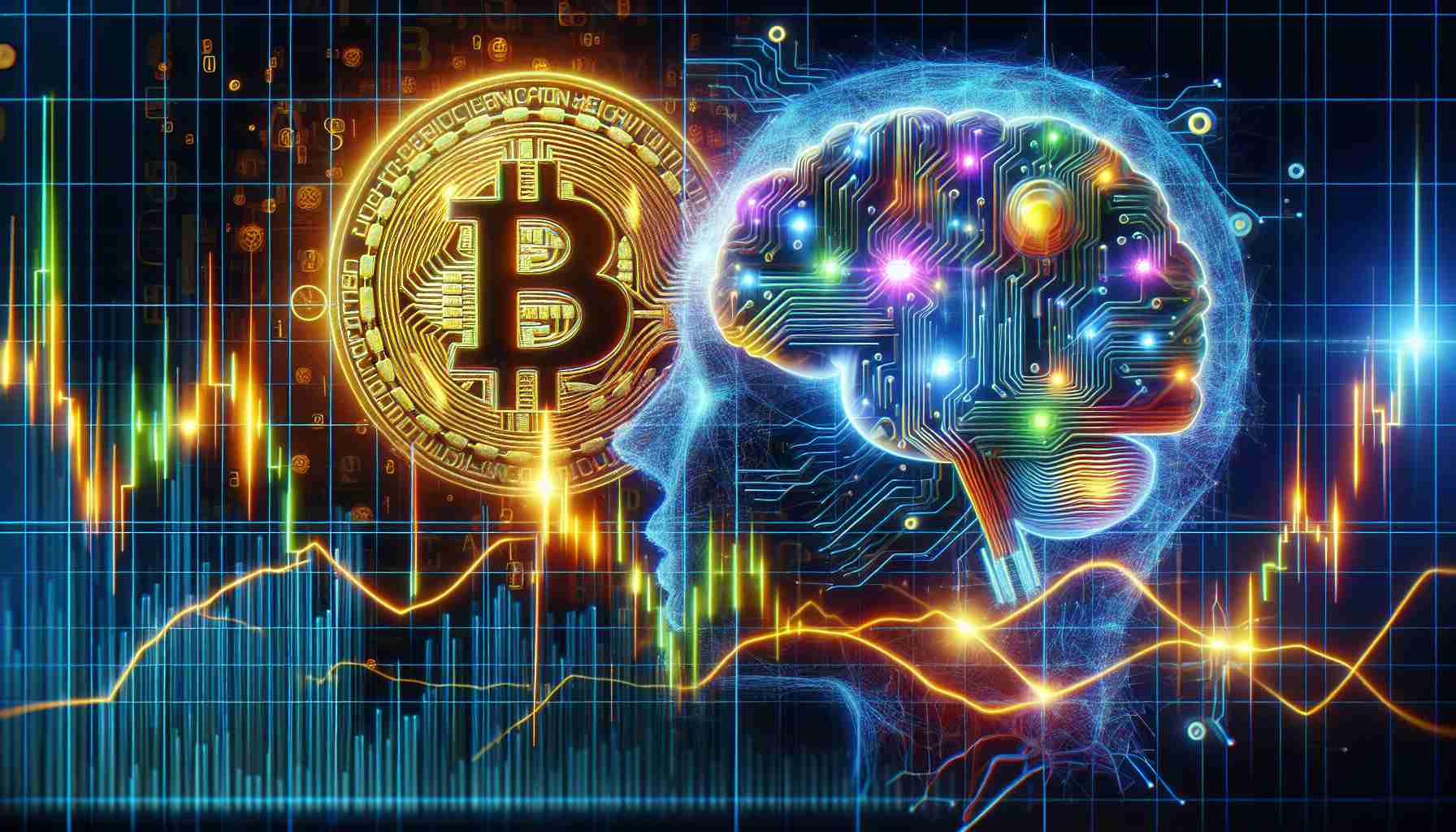Bitcoin’s Market Correction Not a Cause for Alarm
The crypto sphere recently buzzed with speculation as Bitcoin (BTC) experienced a 2.16% downturn, deviating from its usual trend, and traded at $61.3K despite the overall market uptick. This drop is seen as a market correction following a significant increase earlier in the year. Anthony Pompliano of the Pomp podcast indicated that such fluctuations are par for the course given Bitcoin’s historical volatility.
Factors Behind Bitcoin’s Price Fluctuation
The adjustment is stark when contrasted with Bitcoin’s peak value of $71.9K on June 6th, which some associate with Mt. Gox’s reimbursement plan. However, the anticipation of panic selling due to Mt. Gox’s plans might be overblown, as Galaxy Digital’s Alex Thorn has pointed out. Furthermore, Pompliano explained that sell-offs are common after substantial rallies, noting that basis trading—investors going long on Bitcoin while simultaneously shorting futures contracts—has contributed to the recent selling pressure.
Bitcoin’s Anticipated Seasonal Behavior
Pompliano shed light on a seasonal trading adage, ‘Invest in May and then go away,’ highlighting that the second and third quarters often experience flat performance, paving the way for a hopefully robust fourth quarter.
Bitcoin and AI: An Emerging Alliance
In an intriguing shift, Pompliano also introduced the concept of synergy between Bitcoin and Artificial Intelligence (AI) technologies. Contrary to concerns of rivalry, he posits that AI could generate substantial wealth which Bitcoin, in turn, could safeguard. Alexis Ohanian, a prominent tech entrepreneur, supports this notion, suggesting that the growth of AI and blockchain technology might soon intersect, providing mutual reinforcement. Even amid price fluctuations, investors are advised to keep their focus on the long-term interplay between Bitcoin and emerging technologies like AI, which suggest a bullish future.
Bitcoin’s relationship with Artificial Intelligence (AI) and its market movements can be influenced by several factors not directly mentioned in the article:
Understanding Bitcoin’s Volatility: Bitcoin’s volatility is infamous within the financial world and can be influenced by a myriad of factors, such as regulatory news, technological advancements, and shifts in investor sentiment. Market liquidity and the influence of ‘whales’ (investors holding large amounts of Bitcoin) can also contribute to sudden price changes.
AI and Market Predictions: AI is increasingly being used to predict Bitcoin and other cryptocurrency price movements. Sophisticated machine learning algorithms can analyze vast quantities of market data to identify patterns that may not be immediately obvious to human traders. However, the accuracy of these models can vary, and their predictions are still uncertain.
AI and Blockchain Convergence: The potential integration of AI and blockchain technologies is of great interest. AI can enhance blockchain efficiency by optimizing mining operations, improving security protocols, and offering more intelligent smart contract functionalities.
Regulatory Implications: The regulatory environment for both AI and cryptocurrencies remains a grey area in many jurisdictions. Regulatory decisions can impact market movements significantly, as seen in countries that have imposed bans or strict regulations on cryptocurrency transactions.
Sustainability Questions: Bitcoin mining is energy-intensive, raising concerns about its environmental impact. AI could potentially help optimize the energy consumption of mining operations, although this does not completely alleviate the sustainability concerns.
Important Questions Answered:
– What causes Bitcoin’s price to fluctuate?
Bitcoin’s price can fluctuate due to factors such as market sentiment, investor behavior, regulatory news, market liquidity, and technological changes.
– Can AI accurately predict Bitcoin’s market movements?
While AI can analyze vast quantities of data and identify market patterns, predictions remain uncertain due to the complex and speculative nature of the cryptocurrency market.
Challenges and Controversies:
One key challenge is the ethical consideration of using AI in trading, as it raises questions about market manipulation and fairness. The reliance on algorithmic trading could also potentially lead to market instability if many traders use similar algorithms.
Advantages and Disadvantages:
– Advantages: AI can process vast amounts of data quickly and identify patterns not visible to the human eye. Integration with Bitcoin could lead to enhanced efficiency and innovative financial services.
– Disadvantages: Over-reliance on AI predictions can be risky given the volatile nature of Bitcoin. Also, the developing AI technology for market predictions could create a barrier to entry, disadvantaging retail traders against institutions with more advanced tools.
Related Links:
– For more information on Bitcoin, visit Bitcoin.org.
– To explore the latest in AI research and news, check out The Association for the Advancement of Artificial Intelligence (AAAI).
The integration of AI with Bitcoin and other cryptocurrencies represents an exciting frontier for both technologies. However, as both fields evolve, balancing innovation with ethical considerations and regulatory compliance will be crucial. It is essential for investors to remain aware of the advantages and disadvantages and to consider the long-term implications of this symbiotic relationship.



